“At the going down of the sun and in the morning we will remember you.”
The sombre line from poet Laurence Binyon is inscribed on the grave of Private James Napier – just one of the 2,955 men and women from Aberdeen who died in the Second World War.
Almost every corner of the city lost a loved one or a neighbour as the conflict raged.
In some cases, such as the Rubislaw Park Road home of Private Napier, there were multiple casualties.
Eighty years later, the stories of the ordinary people on the city’s roll of honour live on.
Like James Napier, of the Gordon Highlanders, who died aged 31 in 1944.
The map shows that he wasn’t the only toll for the Aberdonian family living at the address.
There are nearly 3,000 people on Aberdeen’s roll of honour, and the address is recorded for less than half – 1,312.
As we highlight the sacrifices of the Second World War, we reveal stories of bravery, including:
- The heroic pensioner who lost his life on the night of Aberdeen’s most prolonged air raid – after ensuring the safety of his neighbours
- How the “tenacity” of Gordon Highlanders distinguished the regiment as “one of the fiercest fighting forces of the Second World War”
- A young nurse who followed her father’s footsteps to support the efforts of the Allied forces
Who are the WW2 victims who lived in your Aberdeen neighbourhood?
This year marks the 80th anniversary of the end of the war – commemorated across the country on Victory in Europe (VE) Day.
For the occasion we have created an interactive map paying tribute to Aberdeen men and women who lost their lives as a result of the conflict.
That includes nursing sister Christina Margaret Nicolson, of 51 Hilton Street.
She died aged 22 on the sinking of SS Ceramic in 1942 – less than a year after volunteering for service.
The ship was on its way from Liverpool to Australia when it came under a torpedo attack in the middle of the Atlantic during a stormy night. Christina was one of 654 people who died.
It was the second tragedy to hit the family within years.
Her father, James Henry Nicolson, a Master in the Merchant Navy, died at the start of the war in November 1939.
How many Aberdeen women died in the war?
From sister to corporal, there are at least 13 women on the Aberdeen roll of honour.
Find out the names of the Aberdeen Second World War victims who once lived in your neighbourhood or area by using the map below.
Addresses from the list were matched up with map coordinates electronically, but were manually checked and corrected where needed.
Additionally, only addresses within the north and north-east of Scotland were kept on the map.
David Cameron, Lord Provost of Aberdeen, told us: “It’s as important as ever that we honour and remember the sacrifices made during the Second World War.
“The map provides a sobering view of the impact the war had on Aberdeen, reminding us that we’re not immune to the effects of global crisis.”
They were soldiers but also cooks, carpenters and surgeons
Each month of the war saw casualties among Aberdeen soldiers.
But the Battle of France coincided with the biggest spike in deaths with 132 recorded in June 1940. Markedly, 44 of those deaths were recorded between June 10 and 12.
A year before the end of the war there was another spike with 128 deaths in September 1944.
However, the highest daily death toll for Aberdeen soldiers was recorded on September 21, 1944. All but one of the 25 soldiers were part of the same regiment – the Gordon Highlanders.
The regiment stood out with a strong sense of identity, according to Jamie Hyde, curator at the Gordon Highlanders Museum in Aberdeen.
He said: “I think that applies a lot to the Highland regiments, but the Gordon Highlanders were and, still are, particularly fond of their identity.”
That includes the recognisable Gordon tartan and “pretty iconic” cap badge with a stag.
“Above anything,” he added, “it is their tenacity and also sometimes their kindness of rescuing German prisoners of war and bringing them back to health.”
Almost a fifth of all the people on the roll of honour were under the regiment (18.1%).
The most common rank was that of private.
But there were 203 unique positions on the Aberdeen roll of honour.
Including 71 roles only appearing once on the list such as carpenter or aircraftwoman 2.
The Gordon Highlanders Museum strives to ensure the connection with the real life stories of the past.
“A big part of it is being as humanist as possible and retelling the story of ordinary people enduring unbelievable experiences,” Jamie added.
“These were normal people from Aberdeen and Aberdeenshire and that really resonates with people.”
Search the full Aberdeen WW2 roll of honour
We could not include every Aberdeen roll of honour entry on our map due to missing address information. Nonetheless, each person on the roll of honour has a story worth remembering.
So to show the full extent of loss Aberdeen saw in the Second World War, we created a digital memorial garden.
“It is important that as many people acknowledge what 80 years of the Second World War means and reflect on what the war represented,” Jamie added.
“80 years wasn’t that long ago, it is in living memory.
“I think it is vital to keep it in living memory with the lessons learned from it and the stories of the people who sacrificed themselves for what we have today.”
It shows each Aberdeen war victim alphabetically as a poppy – with the size of the flower indicating when they died.
Dr Claire Armstrong, chief executive of The Royal British Legion Scotland, urged people to take a moment this VE day to “remember the fallen”.
“This VE Day roll of honour is the perfect example of respect, reflection and remembrance for the people of Aberdeen who sadly lost their lives during conflict,” she said.
If you are looking for a specific soldier, or civilian, search the full table below.
70-year-old who died saving others
The victims came from all walks of life.
Our Archives team has collected records of past employees who lost their lives during the Second World War – aged from 23 to 70.
Andrew Webster, 70, died on the night Aberdeen faced the most prolonged attack of the war on April 21, 1943. High explosives, phosphorus, and cluster bombs rained across the city with more than 130 devices hitting in a single night.
The 70-year-old is said to have helped his neighbours hide safely in the cellar of a house on Stafford Street before it was hit by two incendiaries. But he left the shelter when another explosive fell on the house.
Andrew was a commissionaire according to the Aberdeen Journals roll of honour.
Some of the men featured above also have a permanent tribute within the Press and Journal offices.
Previously, we mapped out thousands of victims from Aberdeen’s First World War roll of honour.
Read more:
In pictures: Aberdeen at war seen in colour for the first time
I spent a week living on my Aberdeen grandma’s wartime rations and recipes: Here’s what I learned
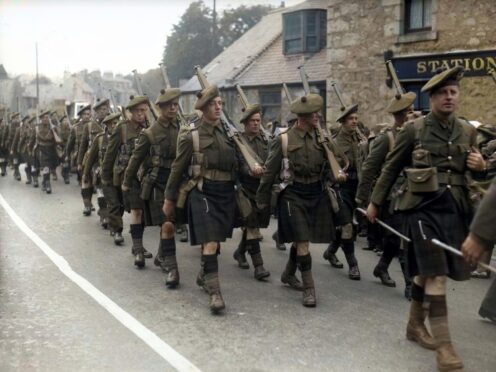
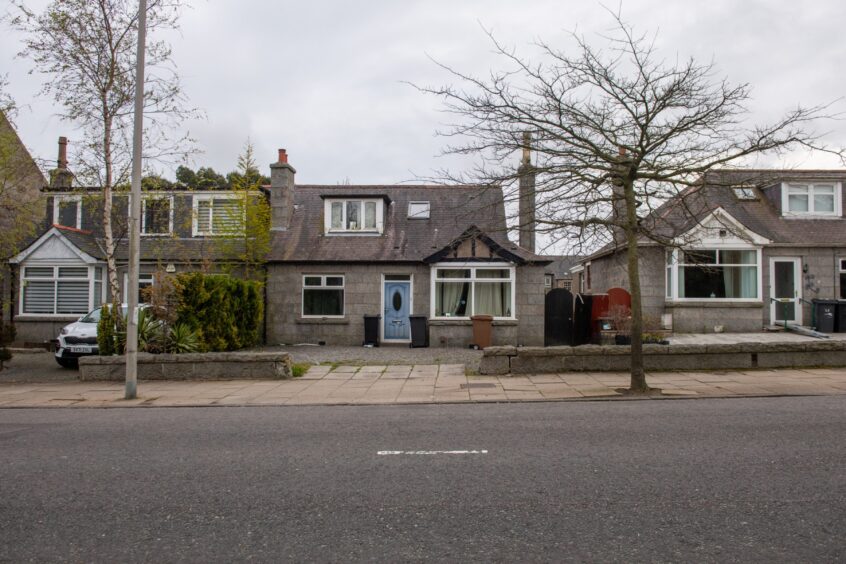
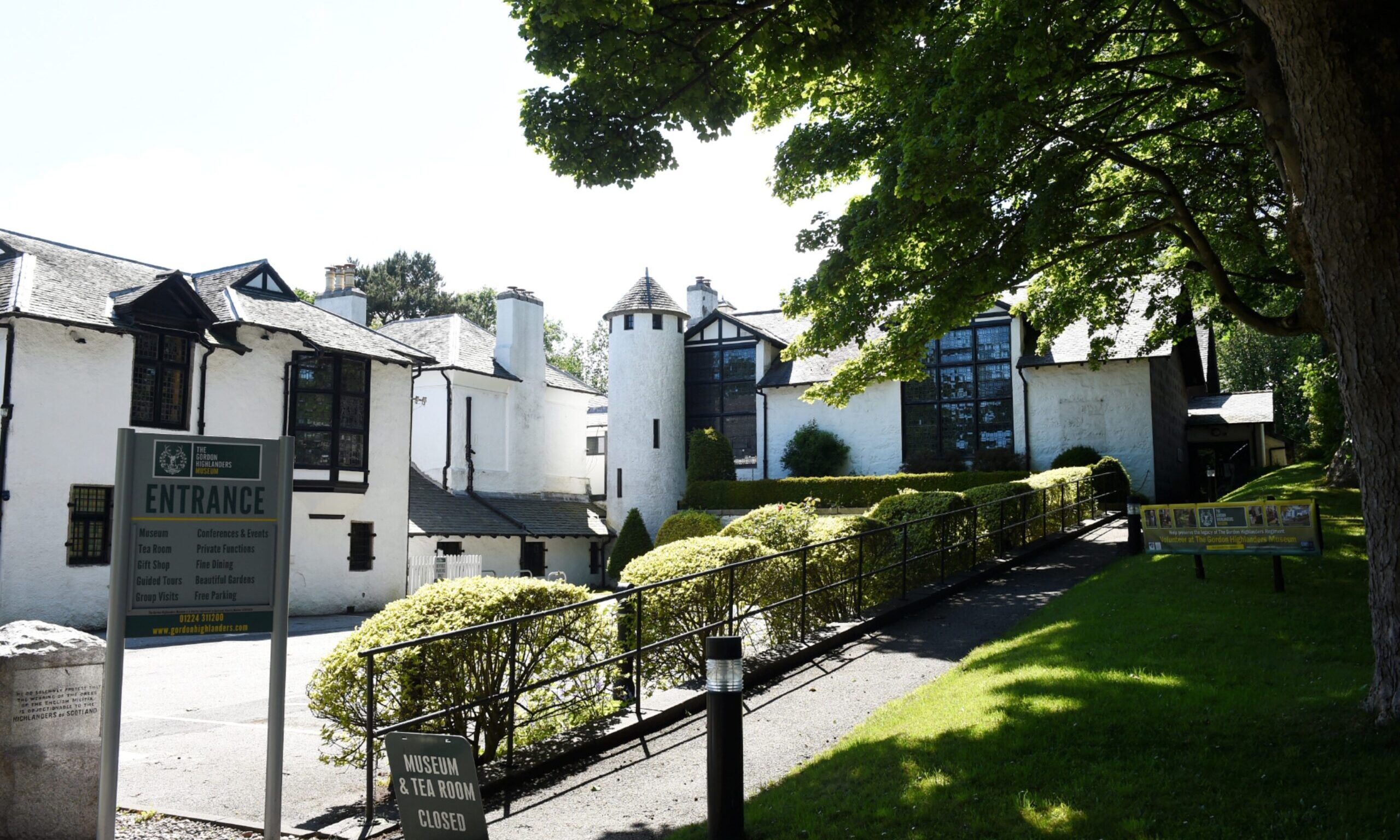
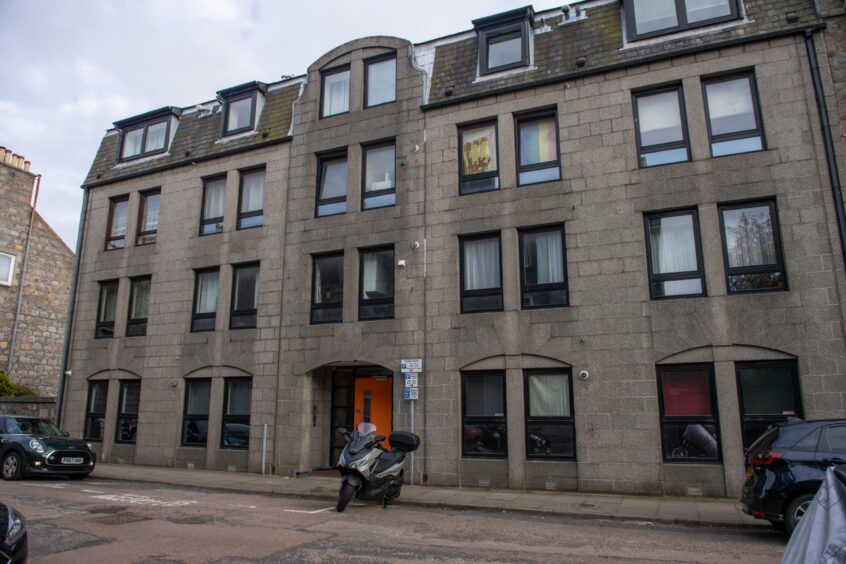
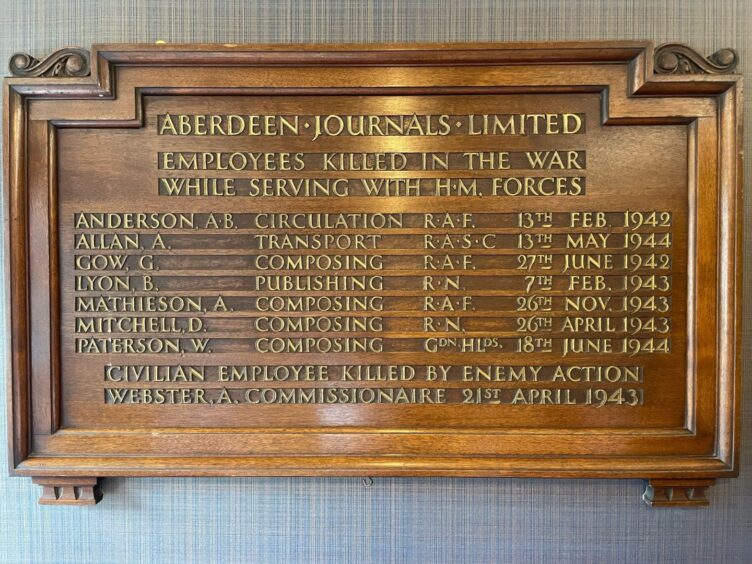
Conversation